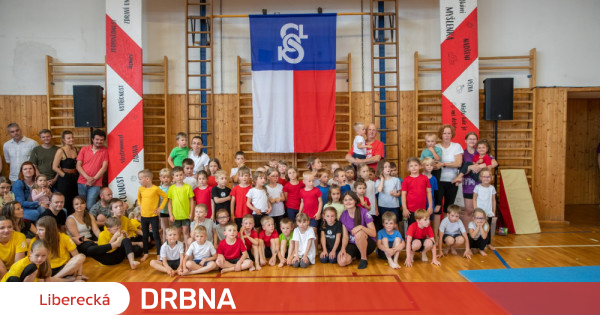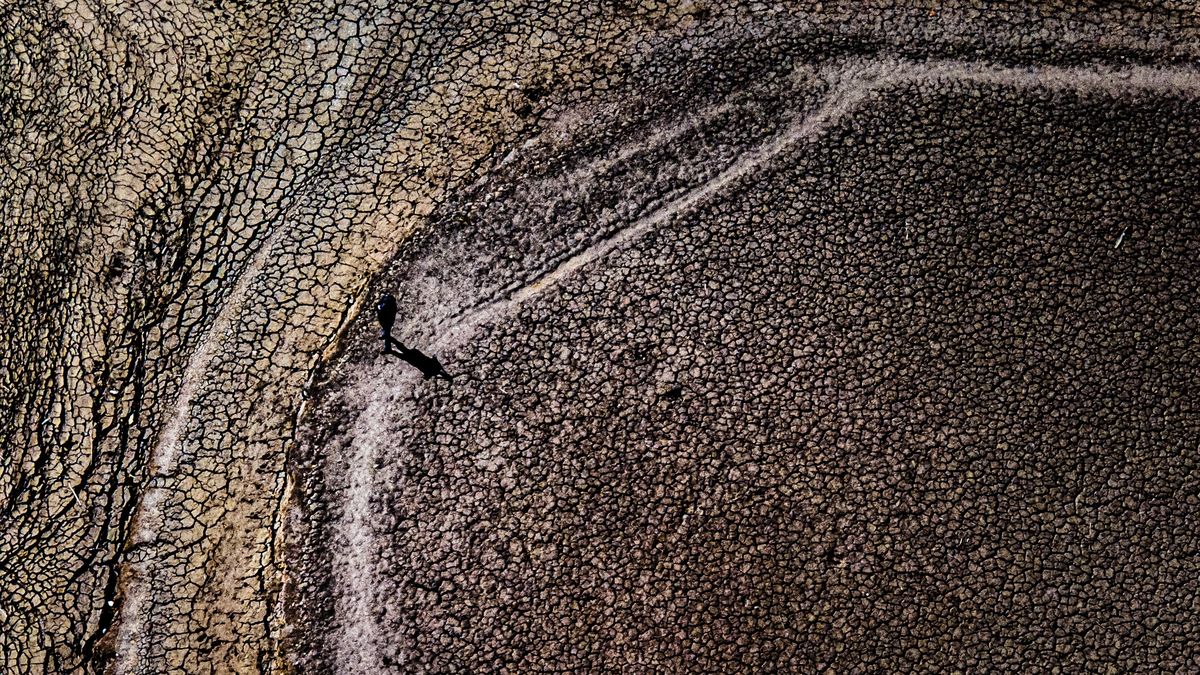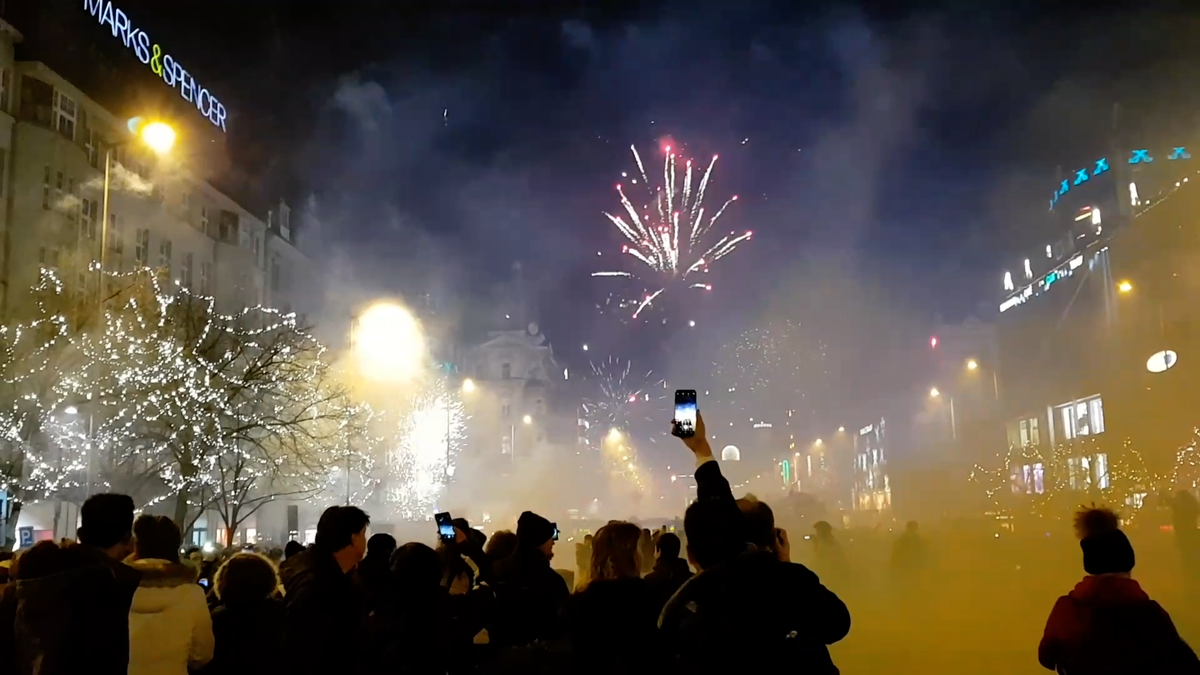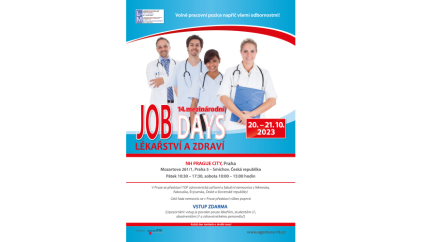Today exactly 81 years have passed since the day when the important Sokol gymnasium activity was banned in our country. It was founded in the 19th century, specifically in 1862. Today it is fully operational and has a number of active members throughout the country.
Let’s go back to the beginning
Sokol (Česká obec sokolská, OS) is the name of the Czech sports association, which in the history of Czech and Slovak sports has taken the position not only of the largest, but also of the most successful sports organizations. Miroslav Tyr and Jindřich Fügner are considered the founders of Sokol. At first, Sokol was inspired by the German gymnastics association, which was based on the physical education of Friedrich Ludwig Jahn. From the very beginning, the two founders of the association promoted complete apolitical and set as their goal the physical and moral growth of the Czech nation.
February 16, 1862 is considered the day the Sokol was founded with 75 members gathered at the first founding meeting. Jindřich Fügner was elected mayor, Miroslav Tyr was elected deputy mayor, then head. The main slogan coined by Tyr was “Let’s fight!”a greeting appears among other suggestions “Hi!”, Fügner then suggests tapping and handling “Brother”Mánes painted the first banner and first costume sketch.
First practice after a few days since establishment
Training at Sokol began in early March 1862. The training program was quite progressive at that time – apart from floor exercises, routines and swings, the participants also devoted themselves to combat disciplines (fencing, weightlifting, wrestling, weight throwing, etc.) and basics of athletics (running) and jumping). There is also a rich social and cultural life in Sokol. There are educational lectures, music, theater and puppetry groups, concerts, balls and entertainment.
If we take a time leap, to the days of the first republic, it can be said that during this period the Sokol became a truly national organization. Every 15th citizen is a member and the total number is close to one million. The climax was the construction of falconry, which sprung up in almost every Czechoslovak village. Sokol athletes became the backbone of the selection of young representatives of the country, and they also won most of the medals of the Czechoslovakian Olympics before the war. Including the first gold medal achieved by the gymnast Bedřich upčík at the 1924 Olympics in Paris. However, Sokol’s activity and influence in the period between the wars was not limited to physical education – he basically participated in Czechoslovak cultural, social, economic and political events and almost became a symbol of the representative of the Czech state and an independent state.
World War II and the important year 1941
The first crack in Sokol’s activity occurred during the Second World War. In 1938, in an atmosphere of uncertainty, fear for the fate of the republic and the determination to defend it, preparations for the 10th All-Sokol Meeting reached its climax. The most memorable rally moment – and perhaps the entire history of the eagle movement – was the already mentioned rally composition Přísaha republica, which was attended by 30 thousand eagles. However, the September Munich Agreement and the occupation of Czech lands in March 1939 dashed all hope. Again it was the Falcons who, from the first days after the formation of the Protectorate of Bohemia and Moravia, were involved in the activities of almost all resistance organizations. They also created their own organization, Obec sokolská v obboj. In April 1940, the Sokol Foreign District was founded in Paris, its establishment welcomed by the head of Czechoslovak military administration, General Sergej Ingr in the words: “As always, when our nation needs the help of the Sokol fraternity, it is now also up to all the faithful hearts of Czechoslovakia to answer when the Motherland calls. I am happy that I can once again place our Sokolstvo among the most loyal.”
A healthy mind in a healthy body! Homeland in mind, strength in arms! Let’s fight!
Unfortunately, this resistance organization did not hide from the Gestapo for long. In April 1941, KH Frank ordered that Sokol’s activities be stopped. On the night of October 7-8, 1941, “Operation Sokol” was launched, in which members of the Sokol municipal management, district and Sokol unit officials were systematically arrested. In total, about 1,500 Sokol were arrested. Most of them were transported through the Little Fort in Terezín to the concentration camp at Auschwitz. Even during the wave of arrests, on October 8, 1941, Reinhard Heydrich signed an official decree on the dissolution of the Czech community in Sokol. The main argument is the fact that the Sokol organizational apparatus served the resistance movement on a mass scale. The most significant act of the Sokol resistance was cooperation during the assassination of Reinhard Heydrich.
Number of victims
The final balance was not at all happy – during the years 1939 – 1945, 11,611 members of the village of Sokol were imprisoned. 1,212 eagles were executed by the Nazis, another 2,176 members died in concentration camps, correctional facilities, and prisons. Among the youth, 124 did not survive the war. In the Czech uprising, 654 Sokols were killed, 164 others were injured. The determination of the men and women of the Sokol ranks, bordering on self-sacrifice, was a great shock to the invaders. František Pecháčk expressed the feelings of many eagles in his final words to his fellow prisoners: “Goodbye, brethren, I know that I will die, but I am not afraid. A brave man dies once, only a coward dies a hundred times. I will die in peace knowing that our sacrifice was not in vain.’
The war significantly weakened Sokol, a number of leaders were killed, but the number of members began to increase again after the war. By the end of 1947, there were 3,686 units and branches with more than one million members in 52 districts.
Changed after the February coup
After the February coup, Sokol quickly came under the influence of the new communist forces and was gradually integrated into socialist physical education. As an independent and voluntary organization, it disappeared, and the continuation of Sokol’s activities, including the organization of meetings, maintained unity abroad. During the Prague Spring of 1968, there were attempts to restore Sokol, but all of them were thwarted by the invasion of Warsaw Pact forces and their subsequent normalization.
A major change occurred in the fall of 1989, when officials began to meet again and secretly rehearse for the convention that foreign eagles had planned for Paris for 1990. The decisive one was the convention at the Prague exhibition venue, which was held on 7 January. , 1990, where nearly 3,000 people came.
Today’s Sokol activities go further than before. Sokol exercises, as we know them from the past, are now designed as general exercises for children and conditioning for adults. New sports have also been added, of which the OS sports department has listed about eighty.

“Certified bacon geek. Evil social media fanatic. Music practitioner. Communicator.”







